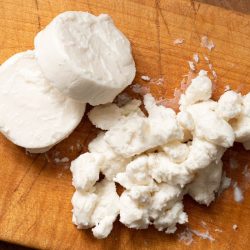It might seem silly to make a fuss over cheese, but we know that this ingredient can make or break a lot of recipes. Shredded cheese is probably the most common way that this dairy gets added to meals. It's easy to find cheese already shredded in grocery stores, but what if you want to try grating your own? We have researched everything surrounding grating blocks of cheese yourself instead of buying it shredded so that you can see if it's right for you!
There are a few advantages to grating your own cheese:
- It can save you money.
- Grated cheese cooks better.
- It can be healthier for you.
- The cheese block is a multipurpose ingredient.
Before you grate your block of cheese, you should chill or freeze it so the process goes smoother. Choose your preferred utensil for grating, and have an airtight container handy to store excess freshly grated cheese.
There's no denying that shredded cheese is a delicious addition to many foods. If you're going to grate your own cheese, then there may be more information that you'll want to get everything right. Continue down below to learn everything about grating your own cheese in detail!

Contents
Grating Your Own Cheese
Buying packages of shredded cheese is incredibly convenient. It makes cooking dinner faster than if you have to prepare an individual ingredient. While grating your own cheese might take a little more time, it can have some big payoffs.
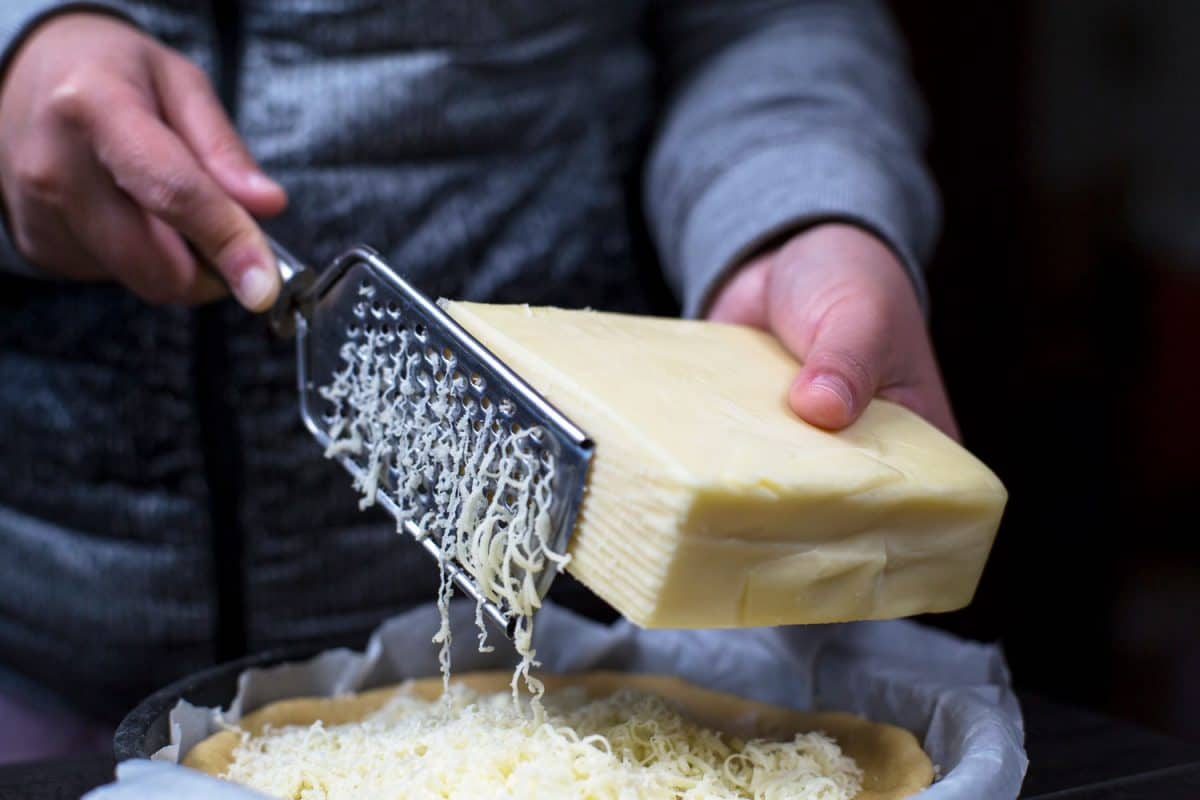
1. It Can Save You Money
The biggest money-saving factor comes from making a block of cheese stretch further than a bag of shredded cheese. You can get a block of cheese that has more ounces than what's in a package of shredded cheese. This means that you're going to end up getting a bigger bang for your buck in the long run.
Is It Cheaper To Buy Block Cheese Or Shredded?
When you buy packages of shredded cheese, you're paying for convenience. Generally, blocks of cheese are cheaper than packages of shredded cheese. However, this can depend on the type of cheese and where you are purchasing it.
2. Grated Cheese Cooks Better
One of the biggest differences between grating cheese yourself and prepackaged shredded cheese is that the packaged stuff has more preservatives. Things are added to packages of shredded cheese to help the cheese stay fresh and to prevent it from clumping.
Because of that, cheese that you grate yourself is going to melt much easier and more smoothly. The extra work of grating pays off when you see the difference that freshly grated cheese makes in a dish!
Is Grated Cheese The Same As Shredded?
This really depends on how large you are grating the cheese. Most cheese graters give you the option of several different sizes. The only real difference aside from the shape is how quickly it melts and disappears into food.
3. It Can Be Healthier For You
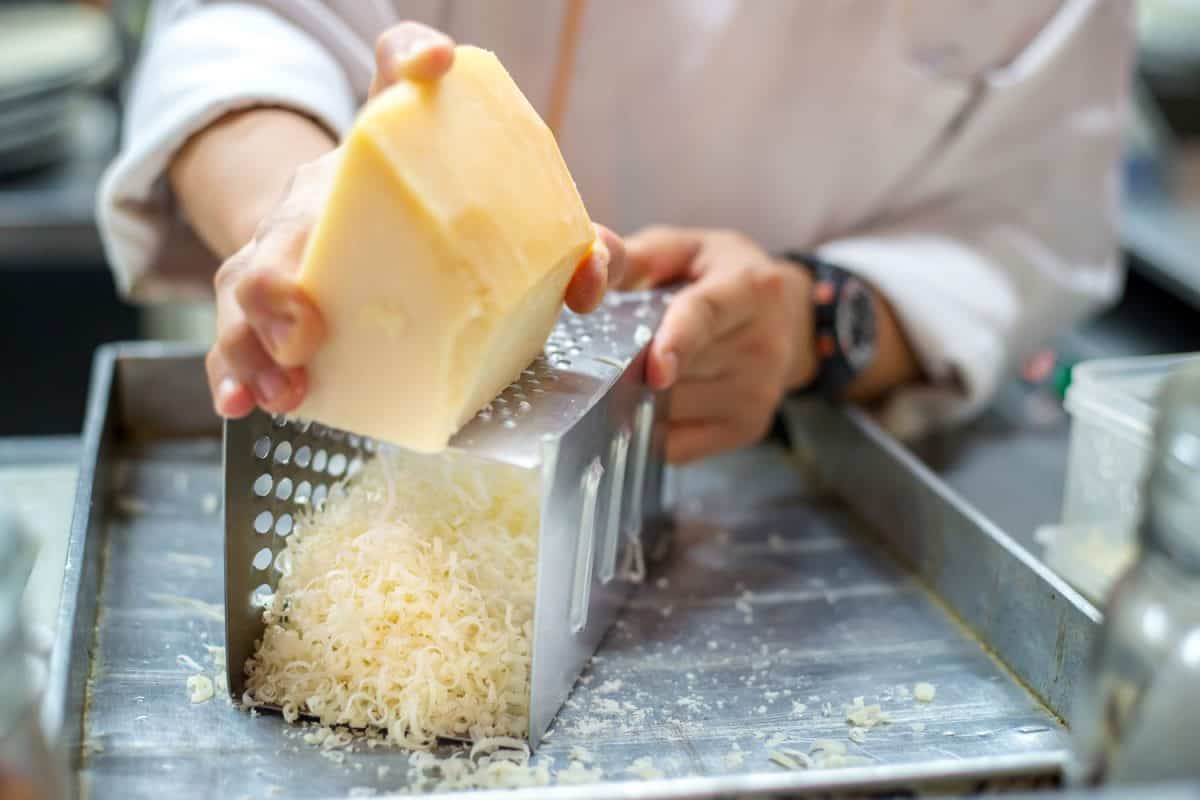
It's still cheese, of course, so it's not that much healthier for you. However, you have to think about what you are not consuming when you grate fresh cheese. You're not eating all of the additives that are put in with shredded cheese.
These additives help shredded cheese transport well on its way to your store and eventually you. So while there might not necessarily be fewer calories, there are definitely fewer additives.
Is It Healthier To Grate Your Own Cheese?
Aside from the additives and preservatives, another reason why grating your own cheese can be healthier is that you are in control of it. You can buy the freshest, even organic cheese you want. With shredded cheese, you have no idea what it was before you bought it in this form.
You can also control the portion sizes more easily since you can shred only as much as you need. This way you won't be pressured into finishing off the bag of shredded cheese before it goes bad!
What Is The Healthiest Shredded Cheese?
The healthiest type of cheese for shredded cheese is mozzarella. It has a lower sodium content and calories than other types of cheese because of how it is made.
4. The Multipurpose Cheese Block
The last way that grating your own cheese can help you is by going beyond just being shredded. Sometimes you need a little shredded cheese, but you might also need some sliced cheese for snacks or sandwiches. Buying a block of cheese allows you to use some of it for shredding and some of it for other things. With this in mind, you won't have to worry about buying several forms of cheese and then watch it possibly go bad in your refrigerator!
Another fun part of doing this is that you can easily create your own mixes of cheese. You can grate together whatever types of cheese you want, and maybe you'll make your new favorite blend!
How To Prepare The Cheese Before Grating
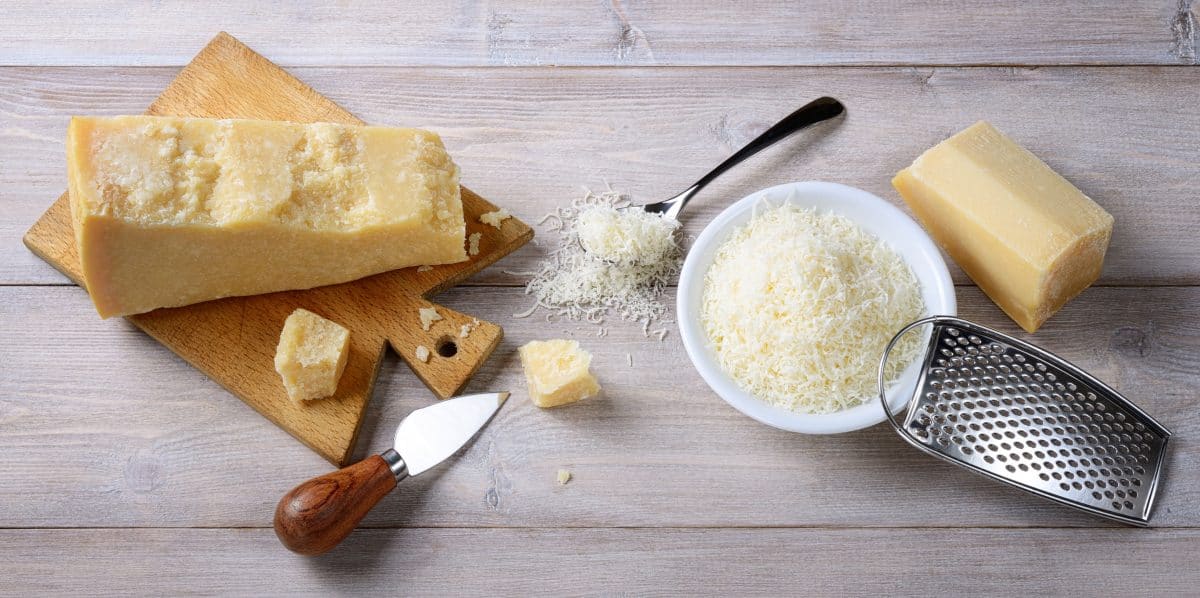
You should put your block of cheese in the freezer for around 15 minutes before you grate it. This will make the cheese easier to grate. If it's colder, it won't stick or clump as badly while you are grating it. Doing this will also help a lot if you're trying to grate a softer type of cheese.
Methods To Grate And Shred Cheese Yourself
There are several different ways that you can grate and shred your own cheese.
Cheese Grater
An old-fashioned box grater is probably the most convenient way to shred a block of cheese. The upside to choosing this tool is that it's easy to use and easy to clean. The only real downside is that you have to hand operate it.
Click here to shop for cheese graters on Amazon!
Food Processor
Using a food processor is going to get you shredded cheese that looks the closest to store-bought. It's also the most efficient method since you just have to plug it in, and it does all the work.
You do need to make sure that you have a proper grating attachment for your processor since they don't all come with one. The biggest downside is having to deal with washing it afterward!
Look for food processors here on Amazon!
Kitchen Knife
If all else fails, a classic kitchen knife can get you tiny enough pieces of cheese. Just cut the cheese into slices and get them as thin as possible. Then cut the slices into small strips that will resemble shredded cheese.
Start shopping for kitchen knives here on Amazon!
What's The Best Way To Store Your Grated Cheese?
After grating your cheese, you can store it in the fridge, but placing it in the freezer might be a better bet! It will stay better for longer, and grated cheese thaws out very quickly, so you don't really have to worry about extra time with that. Freshly shredded cheese will also clump together in the fridge, so that's just one more reason to freeze it!
How Long Will Freshly Grated Cheese Last?
Freshly shredded cheese can last up to a week in the fridge. You should store it in an airtight container for the best results. Storing it in the freezer will allow you to keep it for up to 6 months.
Why Does Shredded Cheese Taste Powdery?
This is mainly because of the additives that are placed in packages of shredded cheese. These additives include things like potato starch. Their purpose is to prevent clumping and help the cheese keep its form better.
Wrapping It Up
Grating your own cheese instead of buying packaged shredded cheese is definitely more work but it comes with advantages. These reasons include saving money, being healthier with fresher cheese, and using the block of cheese for more things than just shredding it.
When it comes to making the switch between shredded and fresh cheese the only thing you're really giving up is a slight convenience. One known fact about cooking is that the better ingredients you use the better your dish will be!
Click on the links below to learn more about preparing cheese in your kitchen!
Should You Freeze Cheese Sticks Before Frying?
14 Types Of Cheese Knives [Inc. What Cheese They’re Good For And Why]
How Much Does It Cost To Make A Cheese Board?




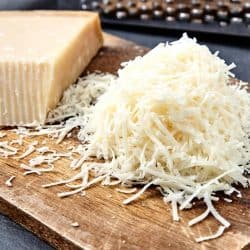

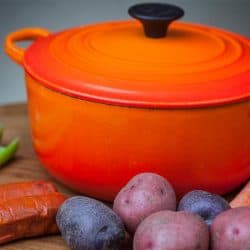
![Parmesan cheese layed on chopping board for slicing with greens on the side, How to Grate Parmesan Cheese Without a Grater [5 Options Revealed]](https://kitchenseer.com/wp-content/uploads/2020/04/Parmesan-cheese-layed-on-chopping-board-for-slicing-with-greens-on-the-side-1-250x250.jpg)

